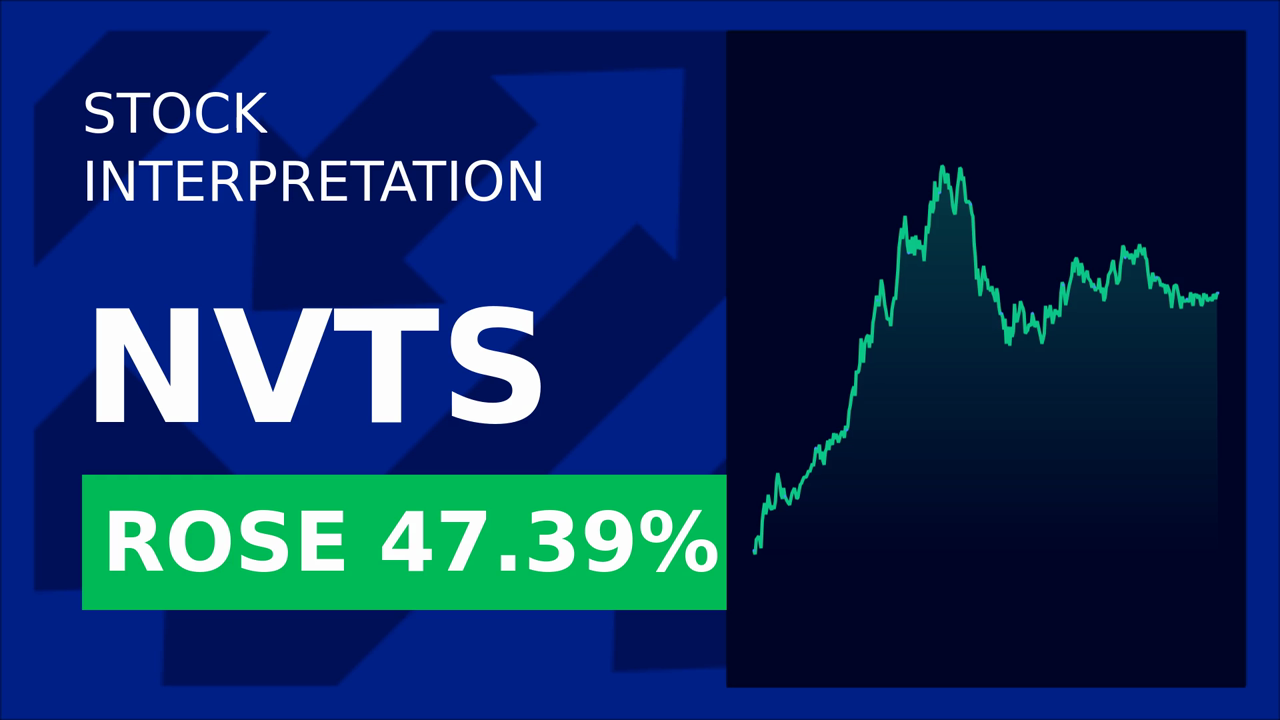Power Integrations’ 1700V Switcher IC: A Game-Changer for 800V BEVs
The rise of battery electric vehicles (BEVs) has intensified demand for advanced power electronics capable of handling higher voltages, faster charging, and smaller footprints. Among the most promising innovations is Power Integrations’ (POWI) new 1700V InnoSwitch3-AQ switcher IC, a silicon carbide (SiC)-based component designed to address the technical and economic challenges of 800V BEV architectures. This IC is positioned to become a cornerstone of next-generation EV power systems, offering efficiency gains, cost savings, and design flexibility that could propel Power Integrations into a leadership role in the automotive semiconductor market.
Ask Aime: Why is Power Integrations' new 1700V InnoSwitch3-AQ switcher IC a key innovation in the future of battery electric vehicles?

Technical Breakthroughs: Efficiency, Safety, and Space Savings
The InnoSwitch3-AQ IC combines cutting-edge semiconductor technology with smart design to meet the stringent requirements of 800V BEVs. Key technical advantages include:
- High Efficiency: Delivering over 90% efficiency through synchronous rectification and multi-mode valley switching, which minimizes energy loss in both discontinuous and continuous conduction modes.
- Safety and Compliance: A 5.1mm drain-to-source creepage distance eliminates the need for conformal coating, simplifying manufacturing and meeting IEC60664-1 isolation standards. This design also enables operation in pollution degree 2 environments, common in automotive systems.
- Space and Cost Reduction: The highly integrated design reduces component count by up to 50%, streamlining PCB layouts and mitigating supply chain risks. For example, a reference design for a 120W auxiliary power supply (RDK-1054Q) uses just 62 components, compared to traditional solutions requiring twice as many.
- Functional Safety: Built-in protections like input under-voltage lockout and startup capability at just 30V ensure reliability in harsh automotive conditions.
These features are critical for applications such as DC-DC converters, traction inverter gate drives, and emergency power systems, where reliability and compactness are paramount.
Market Momentum: The 800V BEV Revolution
The global EV market is on a rapid growth trajectory, projected to hit $1.58 trillion by 2033. Automakers are increasingly adopting 800V architectures to reduce charging times, improve power density, and cut cable weight. Key players like Hyundai, Kia, and Porsche have already commercialized 800V platforms, while Chinese OEMs like BYD and XPeng are following suit.
Power Integrations’ timing is impeccable. The IC’s Q1 2025 production launch aligns with automakers’ scaling of 800V systems. The company’s pricing strategy—$6 per unit for 10,000-unit orders—offers a competitive edge, especially against silicon-based alternatives that struggle with voltage ratings and efficiency.
Competitive Landscape: SiC vs. GaN, and the Battle for Market Share
While Power Integrations focuses on SiC, rivals like Infineon and STMicroelectronics are leveraging both SiC and gallium nitride (GaN) technologies. Infineon’s recent acquisition of GaN Systems, for instance, underscores its hybrid strategy to compete across voltage ranges. However, Power Integrations’ SiC solution offers distinct advantages:
- Cost Efficiency: The 1700V IC reduces BOM costs by up to 50%, a critical factor for automakers seeking to lower EV production expenses.
- Voltage Reliability: Its 1700V rating directly matches the upper limits of 800V systems, avoiding the overdesign required with lower-voltage components.
- Design Flexibility: Reference designs like the RDK-1113Q (16W multi-output supply) and RDK-1054Q (120W auxiliary power) provide turnkey solutions for diverse applications, accelerating adoption.
Investment Considerations: Risks and Rewards
While Power Integrations’ IC is technically robust, risks remain:
- Supply Chain Constraints: SiC wafer shortages could limit production, though Power Integrations’ partnerships with foundries like TSMC aim to mitigate this.
- Competitor Aggression: Infineon’s GaN portfolio and STMicro’s SiC dominance in high-power systems pose threats, especially in applications exceeding 1700V.
- Market Penetration: Design wins in major automakers are still emerging, and adoption rates will determine revenue scalability.
Despite these risks, the EV semiconductor market is projected to grow at a 12% CAGR through 2030. Power Integrations’ focus on 800V systems positions it to capture a significant share, particularly in cost-sensitive applications like auxiliary power supplies and DC-DC converters.
Conclusion: A Strategic Bet on EV Innovation
Power Integrations’ 1700V InnoSwitch3-AQ IC is a compelling investment opportunity in the EV semiconductor space. With technical advantages in efficiency, safety, and cost, it addresses critical challenges for automakers transitioning to 800V architectures. The company’s aggressive pricing, reference design ecosystem, and alignment with market growth trajectories make it a key player in the $3.43 billion GaN/SiC semiconductor market by 2034.
While risks like supply chain bottlenecks and competition loom, Power Integrations’ early mover advantage and focus on automotive-grade reliability could translate into strong returns. Investors should monitor its design wins with major automakers and the scalability of production—a success story here could solidify its position in the EV revolution.
In short, Power Integrations’ 1700V IC is more than a component; it’s a catalyst for safer, lighter, and more efficient EVs—a bet worth considering in an era where electrification is the future.

_b905d9341749265671656.jpg)








